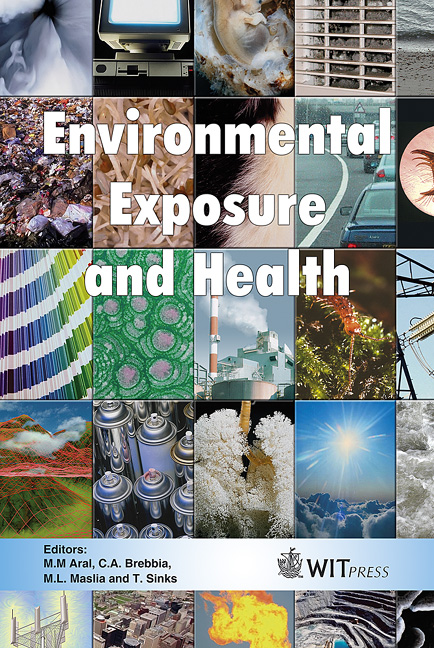Environmental Conservation Measures For Construction Of A Power Plant
Price
Free (open access)
Transaction
Volume
85
Pages
10
Published
2005
Size
407 kb
Paper DOI
10.2495/EEH050401
Copyright
WIT Press
Author(s)
T. Komatsu, J. Sakata & M. Takezawa
Abstract
A pilot seawater pumped-storage power plant (maximum output 30 MW) was recently completed in Okinawa Prefecture, Japan. The plant site is located in the northern part of the main island of Okinawa, and many natural areas remain. Numerous precious organisms, on the verge of extinction, inhabit the area of the plant and its environs. The current study describes environmental conservation measures undertaken before construction, under construction and after construction of a power plant in a natural green space. The environmental conservation measures implemented during the construction of the power plant focused on noise, vibration, and sanitary wastewater. However, during construction, measures for controlling the red-soil sediment yield and protecting precious animals were more difficult to realize. The sediment yield was measured by a catch drain, minimized using a weir, sedimentation ponds, and slope protection. Provisions for the protection of nature included fences, the transplantation of vegetation, and the preservation of wild animals. Keywords: power plant, environmental conservation, red-soil, precious animals. 1 Introduction The geographical features of Japan, which is surrounded by the sea, are well suited to seawater pumped-storage power plants. However, previously, seawater pumped-storage power plants could not be developed because of difficulties in resolving a number of technical and environmental problems associated with the
Keywords
power plant, environmental conservation, red-soil, precious animals.




